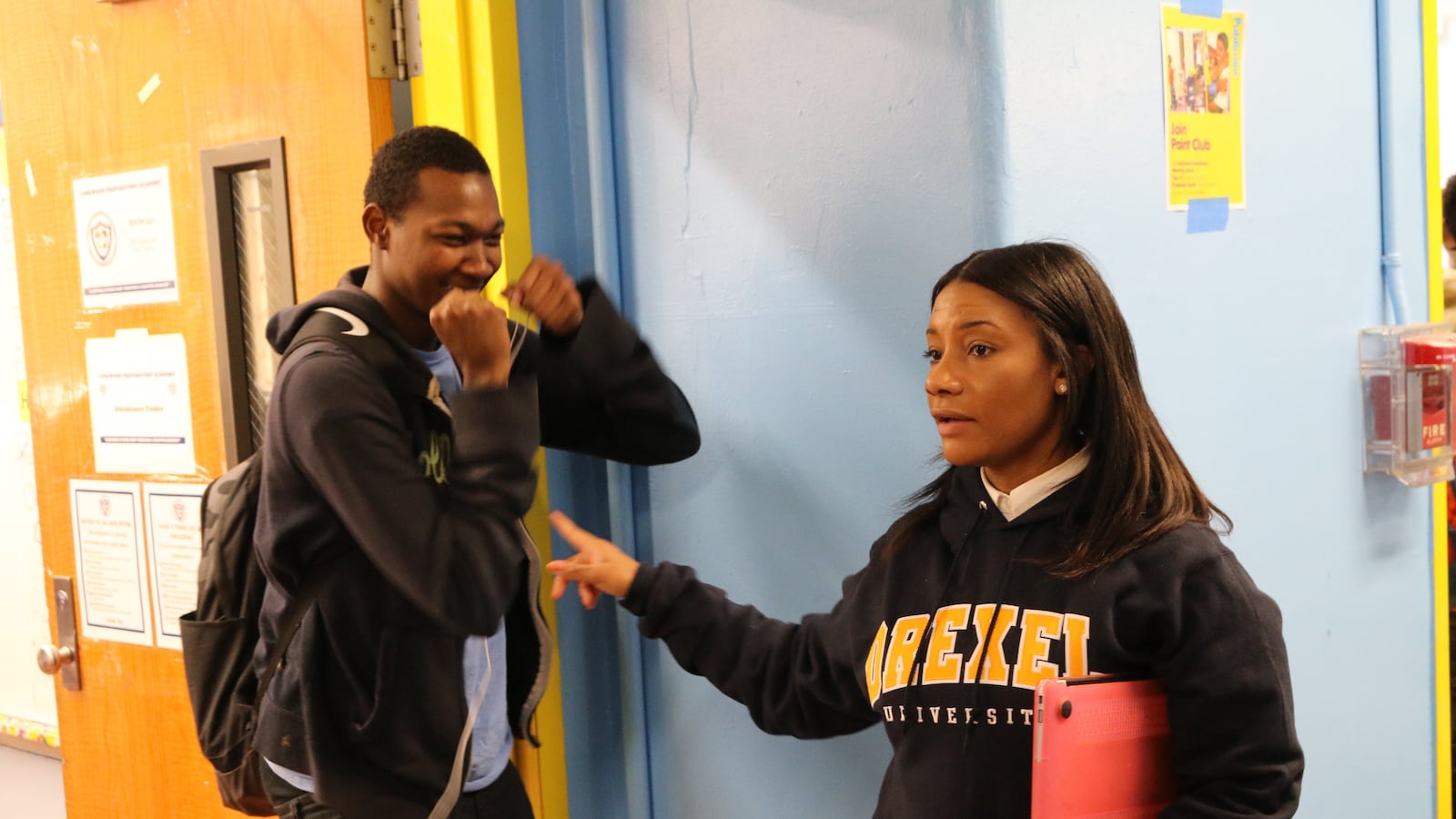When Mayor Bill de Blasio promised a new “community schools” program during his 2013 campaign, it was in part a repudiation of his predecessor’s focus on improving academic results.
Rather than punishing schools when students struggle, the theory went, the city should flood schools with services to combat the problems that hold students back from succeeding. The city has included schools with a range of academic performance levels in the program, and officials have said their main goal is to increase equity, not test scores.
So it’s surprising that just a small fraction of this year’s extra spending at the city’s 239 official community schools is going toward physical and mental health services, while about 60 percent of the $198.6 million being spent on the program is going to academic services.
That’s according to a new analysis by the city’s Independent Budget Office, which looked at school-level spending plans produced for the first time this year under a new state transparency law.
The city education department is disputing the budget office’s methodology but not the conclusion that community schools are spending heavily on academic services. Community schools choose which programs and services to offer, based on their students’ needs; the academic services category includes spending on anything beyond traditional classroom instruction, including gifted programs, extra tutoring, and services for students with disabilities.
The spending analysis offers important context for an external evaluation of New York City’s program by the Rand Corporation, which is expected in 2019. It could potentially add to an existing body of research suggesting that efforts to combat poverty by providing “wraparound services” in schools often — though not always — generate improved test scores. The research has so far not answered the question of what makes some programs more successful than others, so knowing that New York City’s results come after spending heavily on academic services will add an important data point.
Early in the program’s development, some advocates pressed the city to tackle academics in addition to social challenges. But how much the community schools model is boosting academic improvement remains an open question locally, and the spending analysis offers important context for an external evaluation of New York City’s program that is expected in 2019.
Education department spokesman Doug Cohen said the state’s fiscal reporting requirements don’t reflect the city’s “holistic” approach to supporting schools. He said the discrete spending categories obscure the reality inside schools, where various programs interact in complex ways.
After-school programs, for example, might offer emotional support for students, Cohen said, adding that the overlap is an important feature of the community schools model.
“If we were only doing mental health alone,” he said, “it wouldn’t really be a community schools strategy.”

